![How To Make/Create an Invitation in Google Docs [Templates + Examples]](https://images.template.net/wp-content/uploads/2023/07/How-To-Make_Create-an-Invitation-in-Google-Docs-Templates-Examples-788x443.png)
How To Make/Create an Invitation in Google Docs [Templates + Examples]
To formally invite someone or a group of people to an event or activity, you will need to send out…
Jan 16, 2023
Media kit sizes must be taken note of by companies and popular personalities to ensure their media kits look more formal and presentable. With the right document creation tools or graphic design apps, observing the proper sizes is easy.
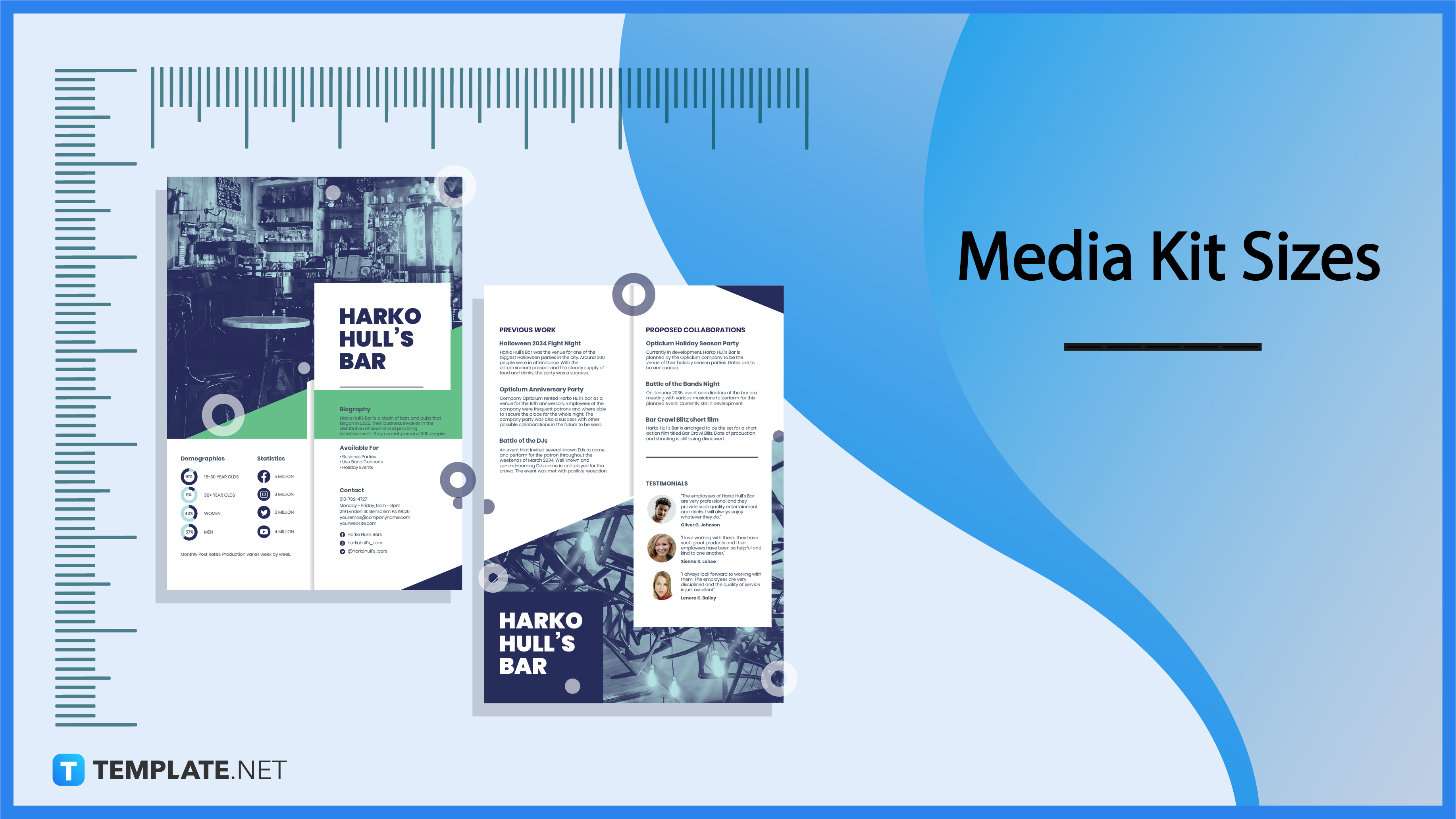
The Letter Size is a common size option not only with media kits but also with other documents and printed material for business promotion. It measures 8.5 inches in width and 11 inches in height which is equivalent to 215.9 x 279.4 mm or 21.59 x 27.94 cm. The Letter Size has enough space and length to cater to all the creative content of media kits.
A4 Size is also a popular option for media kits as it is with other types of printed document designs. It measures exactly 8.3 inches in width and 11.7 inches in height; that’s equivalent to 210.82 x 297.18 in millimeters and 21.082 x 29.718 in centimeters. A4 size is a pretty common size layout in modern books and magazines as well.
Legal Size has an exact measurement of 8.5 inches in width and 14 inches in height—making it only three inches taller than the standard Letter Size (8.5 x 11 inches). Though Legal Size is commonly used for legal documents like contracts, it’s an excellent size option for media kits because it’s easy to apply in the works and it can fit in all the necessary sections of a media kit.
Facebook is a good social media platform to post media kits because of the amount of traffic it gets. Companies can effectively promote their brand on Facebook with media kits, but first, they must ensure that their resolution is adequate. Their media kits must at least be 1200 x 630 pixels (landscape), 630 x 1200 pixels (portrait), or 1080 x 1920 (Facebook stories).
Media kits are also worth sharing on Instagram, especially the media kits of online influencers, artists, and fashion brands. To ensure that the media kits are Instagrammable, media kit creators must make sure that their work has a resolution of at least 1080 x 566 (landscape), 1080 x 1350 (portrait), or 1080 x 1920 (Instagram stories). It’s important because Instagram audiences are very keen when it comes to image quality.
Media kits posted on LinkedIn will definitely have an audience since it’s a platform where professional relationships begin. Influencers, freelancers, and businesses planning to post media kits on LinkedIn must follow the standard resolution of 1200 x 627 pixels (landscape) or 627 x 1200 (portrait). A media kit with excellent visual quality can give a lasting first impression.
Printed media kits are more appealing than digital media kits posted on websites and social networking platforms which makes them more valuable. To optimize the presentability of printed media kits, the best sizes to follow are Letter Size (8.5 x 11 inches), A4 Size (8.3 x 11.7 inches), and Legal Size (8.5 x 14 inches).
Businesses must take the time to work on their media kits to improve their chances of boosting their brand and earning sponsorship offers from corporate entities. That being said, it’s important for their media kits to look presentable which means they must follow the standard Legal Size, A4 Size, and Letter Size. In creating digital media kits, they need to be guided by the standard image sizes of social media platforms.
Adobe Photoshop is a great photo editing app to get started with media kit design projects. With Photoshop, users have free reign to choose any quality resolution for their media kits such as 1200 x 630 pixels, 1080 x 566 pixels, 1200 x 627 pixels, and many more. On top of the freedom to choose a resolution, users can also enhance the aesthetics of their media kits down to the smallest details.
Adobe Illustrator is a highly recommended program for designing media kits. It lets users create media kits with any of the acceptable resolutions including 1080 x 1920 pixels, 630 x 1200 pixels, 627 x 1200 pixels, and a whole lot more. Adobe Illustrator is as flexible as Photoshop and also gives users full creative freedom.
Among the most recommended sizes for media kits are A4 (8.3 x 11.7 inches), Legal (8.5 x 14 inches), and Letter (8.5 x 11 inches).
For content creators and online influencers, a media kit is a document or promotional material containing facts about their career, achievements, niche, audience, and personal life.
The majority of media kits only have a single page containing only the most important information about a company or person of interest.
Media kits are often sent to journalists, reporters, the press, and other media personnel to be used as fact sheets or references when writing stories/articles about an organization.
Yes, a media kit for Instagram would help promote your brand and possibly attract future collaborations and sponsorships with other companies.
Influencer media kits are ideally one-page long but must not have more than three pages.
A media kit provides accurate general information to media personnel about an organization to assist them in writing articles with hard facts.
To send a media kit via email, simply upload it as an attached image file when composing the email’s message.
Media kits can be saved as PNG, JPG, or PDF files.
For models, media kits are specialized documents that summarize their professional modeling careers and showcase some of their best modeling photographs.
Yes, media kits are good for marketing since they’re to be seen by media outlets that are interested to talk about certain brands and organizations and have their stories/articles published in magazines, newspapers, websites, and social media posts.
![How To Make/Create an Invitation in Google Docs [Templates + Examples]](https://images.template.net/wp-content/uploads/2023/07/How-To-Make_Create-an-Invitation-in-Google-Docs-Templates-Examples-788x443.png)
To formally invite someone or a group of people to an event or activity, you will need to send out…
![How To Create an ID Card in Google Docs [Template + Example]](https://images.template.net/wp-content/uploads/2023/07/How-To-Create-an-ID-Card-in-Google-Docs-Template-Example-788x443.png)
ID cards are used as a way to represent an individual to the company or organization they work or volunteer…
![How to Make an ID Card in Microsoft Word [Template + Example]](https://images.template.net/wp-content/uploads/2023/07/How-to-Make-an-ID-Card-in-Microsoft-Word-Template-Example-788x443.png)
ID cards are an essential part of any employee working for a company or an organization to be recognized as…
![How To Make/Create a Book Cover in Google Docs [Templates + Examples]](https://images.template.net/wp-content/uploads/2023/07/How-To-Create-a-Book-Cover-in-Google-Docs-788x443.png)
Aside from protecting a book, book covers are specifically designed to attract readers and convey the essence of the book.…
![How To Make/Create a Book Cover in Microsoft Word [Templates + Examples]](https://images.template.net/wp-content/uploads/2023/07/How-To-Create-a-Book-Cover-in-Microsoft-Word-788x443.png)
A book cover is the outer layer of a book that is used to protect its contents. Book covers are…
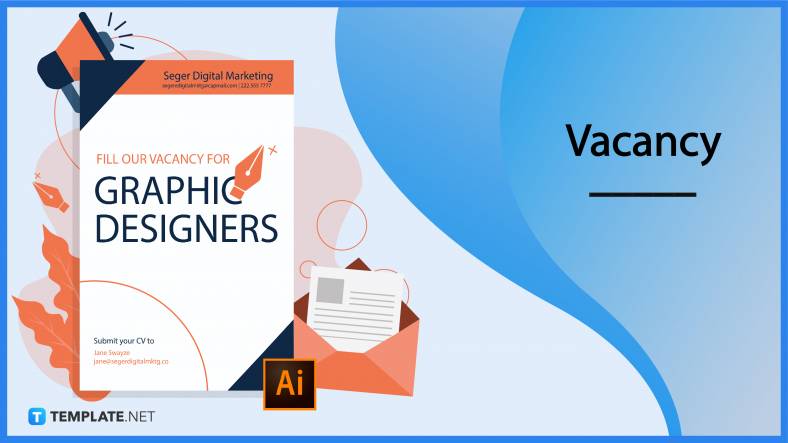
Job vacancy is a common scenario in companies and organizations. Employees leave for all kinds of reasons and when they…
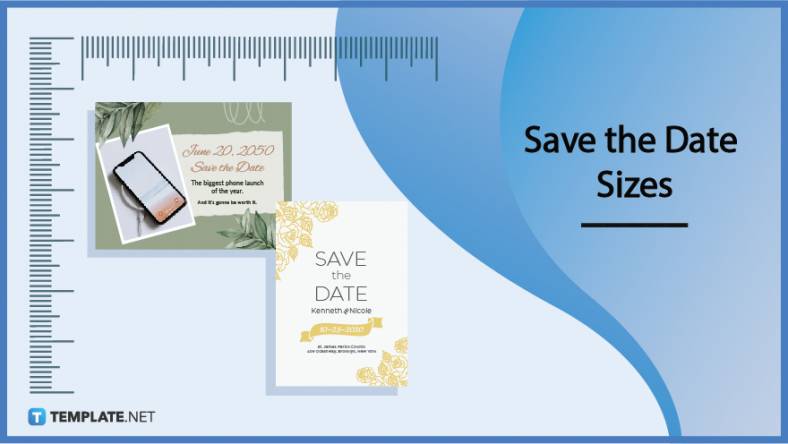
Save the date sizes are usually the same size as a formal invitation. But there are a number of different…
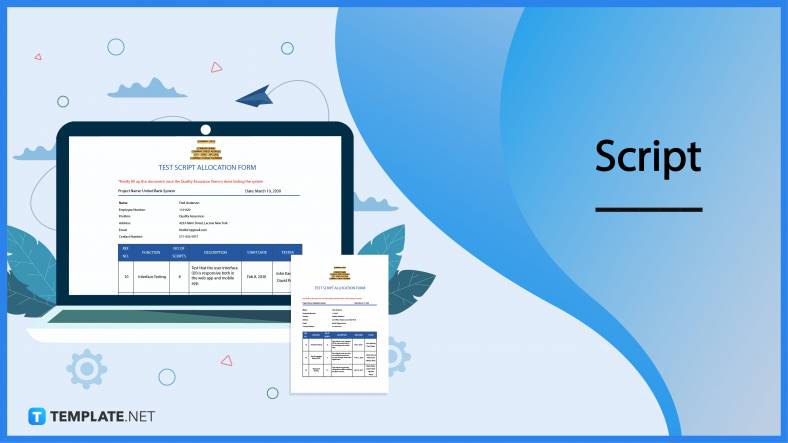
Script is a popular word that is frequently used in the entertainment world. There are a variety of areas and usages…
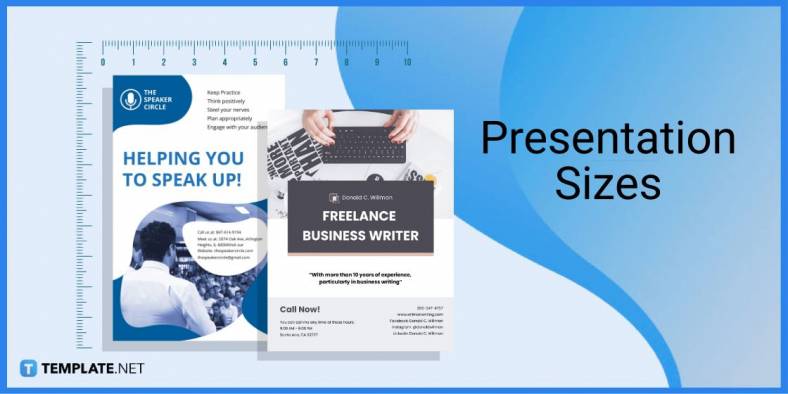
Presentations may not look as pleasant as how you design them with pictures, animations, videos, and other graphic designs without…